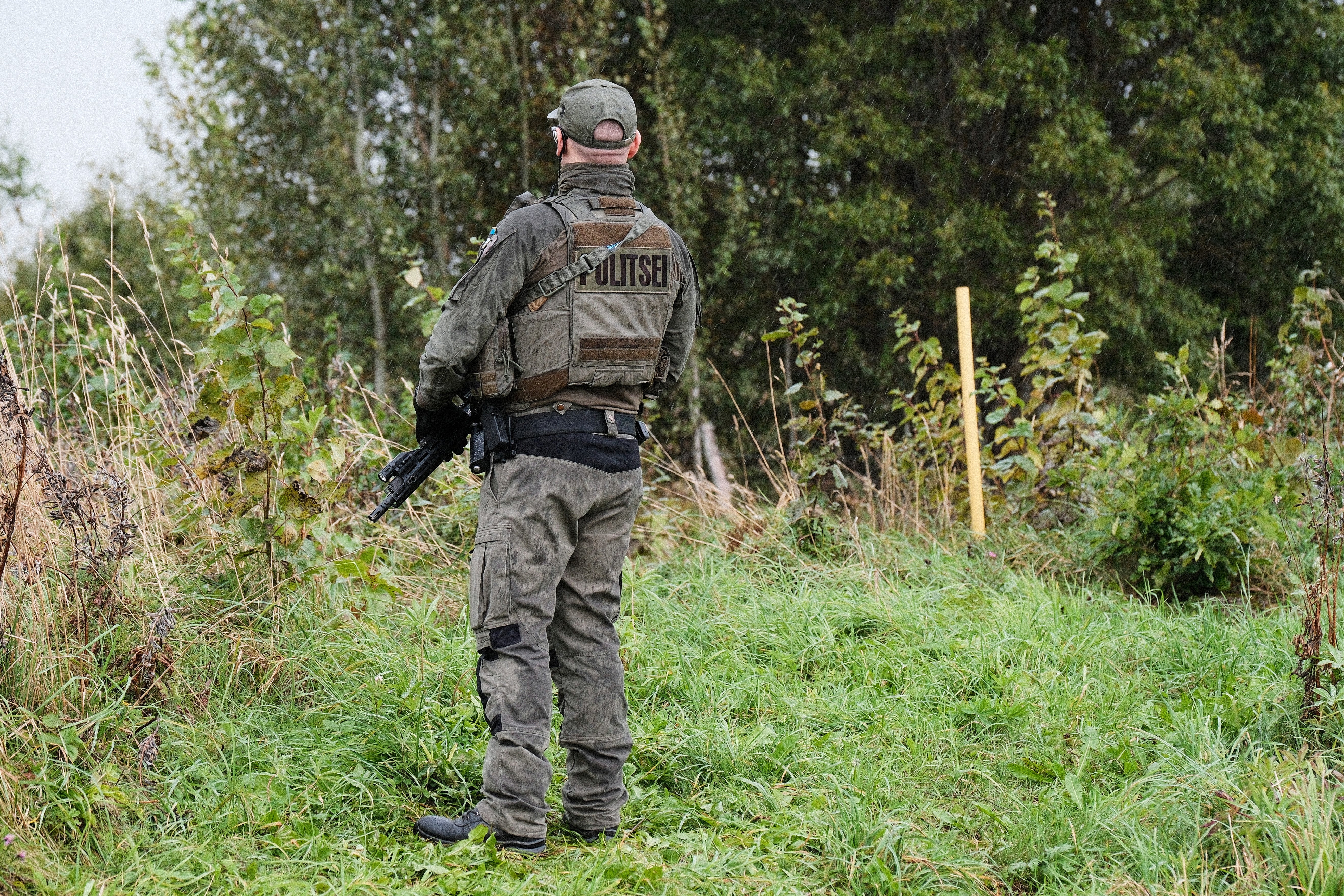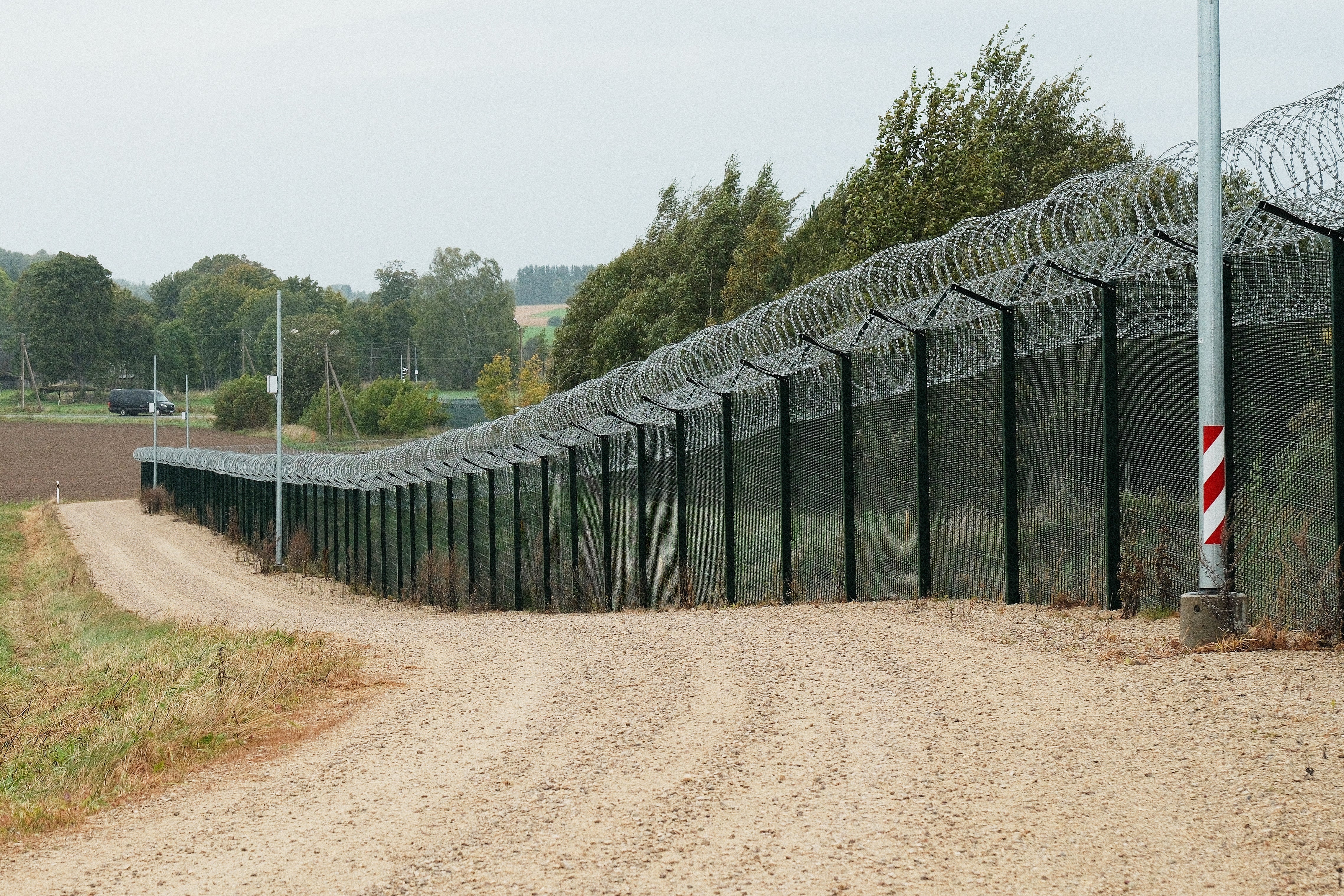Estonia has taken the unusual step of temporarily closing a road vital for its citizens, which ordinarily passes through a segment of Russian territory.
The decision came after the interior minister reported the presence of Russian soldiers on the route, according to Estonia’s public broadcaster.
The closure, implemented on Friday, was confirmed by Estonia’s Police and Border Guard Board.
In a statement, the board explained that the action was taken “after border guards observed a larger-than-usual unit moving on the territory of the Russian Federation.”
This measure affects the Saatse Boot, a distinctive boot-shaped area of Russian land that extends into southeastern Estonia.
Typically, Estonian citizens and others are permitted to drive through this area without a permit, though stopping is strictly prohibited.
The Estonian border agency stated that the closure of the Saatse Boot was “necessary to ensure the safety of people in Estonia and to prevent possible incidents.”

Estonian media reports indicated the Russian unit comprised approximately 10 men.
While Russian border patrols are a regular sight in the vicinity, their reported presence standing directly in the middle of the road used by Estonians is considered highly out of the ordinary.
Interior Minister Igor Taro was quoted as saying Saturday that the Russian soldiers had left the area again. He added that the situation was calm but that the road would remain closed at least until Tuesday.
“There is no direct threat of war. This has been constantly confirmed by the Estonian Defense Forces.
“The Saatse Boot incident has not changed the situation,” he was quoted as saying by the daily newspaper Postimees, according to the public broadcaster EER.

Estonia has been on alert for Russian border incursions after three Russian fighter aircraft entered its airspace without permission last month and stayed there for 12 minutes.
A week earlier, Russian drones violated Poland’s airspace in the most serious cross-border incident involving a NATO member since Russia’s full-scale invasion of Ukraine in February 2022.
Other NATO countries on the bloc’s eastern flank have reported similar incursions and drone crashes on their territory.



